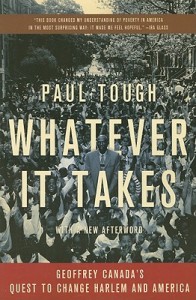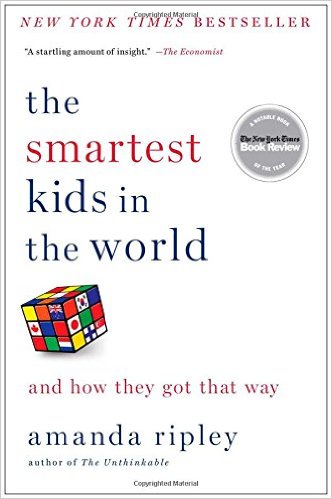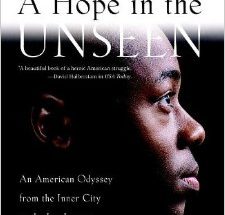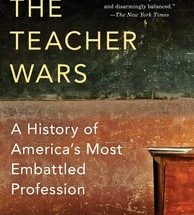
Whatever It Takes by Paul Tough portrays Geoffrey Canada as a visionary who puts all of his energy, resources and passion into creating an intricate education system, known today as the Harlem Children’s Zone. Canada focuses on children in central Harlem, where more than 60 percent of families live below the poverty line and three-quarters of students score below grade level on the statewide reading and math tests. Because of this, Tough says, students often don’t get the help they need and end up pregnant or in jail.
Canada, who grew up in a poor Bronx neighborhood, understood poverty’s detrimental effect on black children and their education. His goal was to help these children not only stay in school but to succeed on standardized tests and go to college. Determined to monitor the progress and growth of kids in the Harlem Children’s Zone from birth, Canada started a project that provides educational supports such as afterschool programs and tutoring sessions. He even provided parenting classes for expectant mothers and sometimes fathers so they could understand how children learn. However, after Canada saw the limitations of being disconnected from the school system, so he began to reconsider his approach.
With former Schools Chancellor Joel Klein’s approval and the political and financial support of colleagues, community leaders, investors and educators, Canada created an even bigger version of his original plan by forming a charter school. Promise Academy was to be the solution to monitoring students’ progress from kindergarten to high school, and the charter school expanded over time. From the beginning, Canada promised parents that he would do “whatever it takes” to make sure their children went to college.
However, Canada acknowledged the barriers for children in Harlem. Problems at home meant that his students often came to school with psychological and behavioral issues. Canada made difficult calls about which administrators and teachers to fire and hire at Promise Academy. He found that the toughest place to raise the achievement gap was in the middle school, which he closed down for a year before reopening it again because students’ test scores weren’t improving. Other obstacles included facing angry parents who were let down by Canada’s promise to see their children all the way through to college.
Tough’s reporting takes the readers on an incredible journey from the beginnings of Canada’s vision and the many successes and failures he faced along the way. Two specific strategies that Canada employs, the conveyor belt and superhero method, help readers understand the complexity of growing up in a low-income neighborhood. Canada had to instill the values of nurturing learning through Harlem Children’s Zone, using his conveyor belt method of educating the parents early on and training children to be inquisitive. Sometimes there were setbacks for the middle school kids who didn’t come to Promise Academy on the conveyor belt, which meant the teachers would have to become superheroes to students whose early schooling was inadequate.
Overall, Tough brings out many of Canada’s ideas in a humanistic way that addresses the reality of poverty and the achievement gap but leaves readers hopeful that more institutions can implement his model and learn from his mistakes. In Canada’s effort to plug every hole in the urban public education system, he has given educators no excuses to let the urban poor fall through the cracks.



